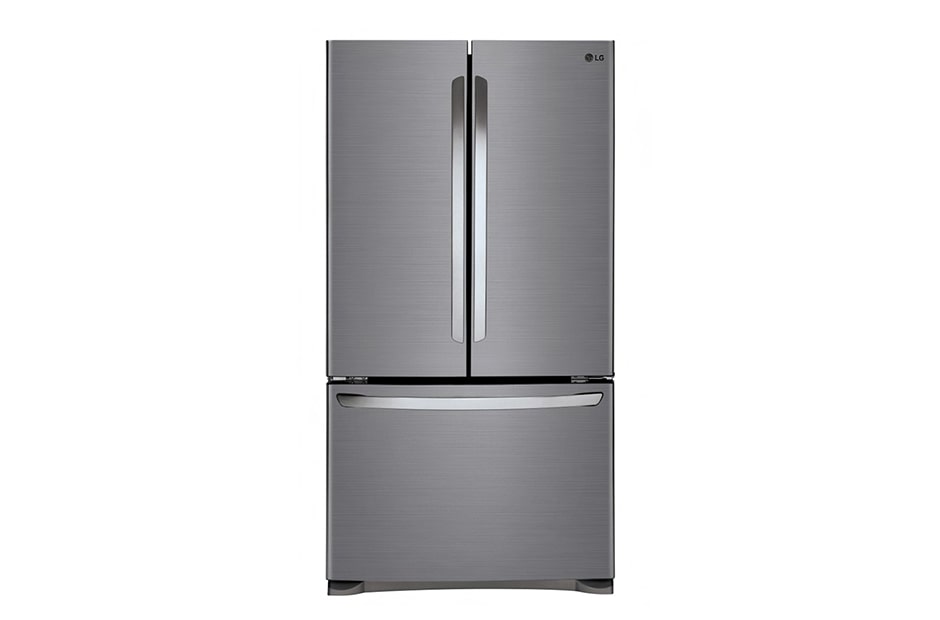The exploration of the solar system is uniquely poised to bring planetary scientists, worldwide, together under the common theme of understanding the origin, evolution and bodies of our solar neighborhood. The solar system consists of the Sun; the eight official planets, at least three dwarf planets, more than 130 satellites of the planets, a large number of small bodies (the comets and asteroids), and the interplanetary medium. The Solar System's Attic During the early chaos of the solar system, Jupiter is thought to have flung trillions of comets and perhaps a few planets into deep space. A previously unknown dwarf planet circles through the far reaches of our solar system, the International Astronomical Unions Minor Planet Center announced Tuesday. The Objects in Our Solar System The planets, dwarf planets and other objects in our solar system. There are many different types of objects found in the solar system: a star, planets, moons, dwarf planets, comets, asteroids, gas, and dust. Below is a brief overview of the eight primary planets in our solar system, in order from the inner solar system outward: Mercury The closest planet to the sun, Mercury is only a bit larger than. OUR SOLAR SYSTEM The sun is the center of our solar system. It is a ball of hot, glowing gases. It is the closest star to Earth. For billions of years, it lived in our solar system without us even knowing it was there. But this object couldn't remain hidden around Jupiter forever. You've probably learned about all the planets in school, memorising their names and their order of distance from the sun. The four planets closest to the. Tom Pickett 'From The Heart' Hi everyone. I'd like to share something very personal and very special with you all, some of my innermost thoughts and feelings. auscm Page 2 Facts for students Venus Venus is similar in size to Earth, with a diameter of 12, 100 km. It is the hottest world in the Solar System with surface temperatures reaching 462C. Venus became this hot, as its thick carbon dioxide atmosphere traps heat like a The whole solar system, together with the local stars visible on a clear night, orbits the center of our home galaxy, a spiral disk of 200 billion stars we call the Milky Way. The Milky Way has two small galaxies orbiting it nearby, which are visible from the southern hemisphere. This page provides a brief description of each of the planets (and links to dwarf planets) of our solar system. You can also find out about the difference between planets, dwarf planets and small solar system bodies (SSSBs). The Milky Way is the galaxy that contains our Solar System. The descriptor milky is derived from the galaxy's appearance from Earth: a band of light seen in the night sky formed from stars that cannot be individually distinguished by the naked eye. Visualize the orbits of the planets and more than 150 comets and asteroids in an interactive 3d viewer based on WebGL! Key functions: Pick Object: allows to select the Solar Ststem object to be visualized. The orbit will be loaded automatically as the selection is changed, and camera position adjusted automatically to. From the sun to why poor Pluto is no longer considered a planet, come along for a ride across the Solar System and learn a ton of cool facts about Solar System! The Solar System is the Sun and all the objects that orbit around it. The Sun is orbited by planets, asteroids, comets and other things. As our knowledge of space has grown, the models have been changed to account for the new observations. Our Solar System and Earth Ever since the Big Bang, the Universe has been drifting and expanding. The birth and death of stars leave an aftermath of galaxies, planets, and even living organisms. The knowledge and tools NASA has developed to study life on Earth will be a great asset to the study of planets beyond our solar system. Our living planet shapes the search for life beyond Earth A super Earth that scorches in extreme heat because it circles so close to its star. Our solar system is elliptical in shape. That means it is shaped like an egg. The Sun is in the center of the solar system. Our solar system is always in motion. Eight known planets and their moons, along with comets, asteroids, and other space objects orbit the Sun. Planet Facts There are 8 planets in our solar system, they are Mercury, Venus, Earth, Mars, Jupiter, Saturn, Uranus and Neptune. With the exception of Neptune and Uranus the other 6 planets can be seen unaided and all 8 are visible with a small telescope or binoculars. 2 Support multilanguage subtitles, through solar system knowledge quiz games to collect more than 10 different space probes. Including the formation of the solar system, our Earth and the Moon, inner planets and outer planets, the different structures and. In 1995, astronomers in Switzerland found, for the first time, a planet beyond our Solar System orbiting an ordinary star. Such a planet is called an extrasolar planet, or an exoplanet. As of June 2012, more than 700 exoplanets had been discovered and confirmed. Watch videoSal Khan describes the scale of our Solar System. If you're seeing this message, it means we're having trouble loading external resources on our website. If you're behind a web filter, please make sure that the domains. KS2 Science The solar system learning resources for adults, children, parents and teachers. The Sun is the closest star to Earth. All of the planets in our solar system orbit around it. The Sun is very important for the Earth because it provides warmth and solar energy. Next time you sip a humble glass of H2O, consider this: The story of water connects each of us to processes that shape our universe. Next time you sip a humble glass of H2O, consider this: The story of water connects each of us to processes that shape our universe. Our solar neighborhood is an exciting place. The Solar System is full of planets, moons, asteroids, comets, minor planets, and many other exciting objects. Learn about Io, the explosive moon that orbits the planet Jupiter, or explore the gigantic canyons and deserts on Mars. The planetary system, containing Earth, is officially named the Solar System, which consists of the Sun and its orbiting objects. explains that the Sun does not have a scientific name, but is alternately called Sol, based on Roman mythology. NASAs exploration spans the universe. Observing the sun and its effects on Earth. Delving deep into our solar system. Looking beyond to worlds around other stars. Probing the mysterious structures and origins of our universe. Everywhere imaginable, NASA is out there. Complete your Our Solar System record collection. Discover Our Solar System's full discography. Shop new and used Vinyl and CDs. Nine Planets Solar System Tour. This website is an overview of the history, mythology and current scientific knowledge of the planets, moons and other objects in our solar system. The solar system is a pretty busy place. Its got all kinds of planets, moons, asteroids, and comets zipping around our Sun. But how did this busy stellar neighborhood come to be. In Time by Our Solar System, released 25 March 2016 1. At the Edge of Time There would seem to be something playful, and possibly deceptive, about the title of Our Solar Systems second album, In Time. Its a phrase that, whether in a musical or even an appropriately astrological sense, indicates confines and regular rotations, even the absence of the. A dwarf planet even smaller than Pluto, Sedna is a Kuiper Belt object (KBO), like Pluto one of a vast band of icy, rocky objects that surround the solar system beyond the orbit of Neptune. Welcome to NASA's Eyes, a way for you to learn about your home planet, our solar system, the universe beyond and the spacecraft exploring them. Enjoy the experiences below on your mobile device, or visit this page on Mac or PC for even more ways to explore. The solar system is made of the eight planets that orbit our sun it is also made of asteroids, moons, comets and lots, lots more. The sun has such powerful gravity it tries to pull the planets towards it. Solar System Scope is a model of Solar System, Night sky and Outer Space in real time, with accurate positions of objects and lots of interesting facts. We hope you will have as much fun exploring the universe with our app as do we while making it: ) As our understanding of our place in the galaxy has grown, we have reevaluated the question of our beginnings. But in order to identify the true origin of the solar system, we must first identify the conditions that such a theory would have to meet. See a solar system model and learn about the planets and asteroids within it. The bizarre asteroid known as 2015 BZ509 is being touted as the first known interstellar visitor to stay in our solar. I guess this is why most maps of the solar system aren't drawn to scale. It's not hard to draw the planets. It's the empty space that's a problem. Most space charts leave out the most significant part all the space. Those things are too much for our brains to handle. Learn more about what happens when the moon passes between Earth and the sun! explore; How is the sun completely blocked in an eclipse? It all has to do with the distance between Earth and the sun and Earth and the moon. And what can we learn from these space rocks in our solar system. Our solar system is a vast place, with lots of mostly empty space between planets. But out there are comets, asteroids and more rocky, frozen objects (including dwarf planets) yet to be discovered. Earlier this month, NASA issued a press release stating that its likely that our solar system has a ninth planeteven if its proving difficult to find. The solar system is filled with a wide assortment of celestial bodies the Sun itself, our eight planets, dwarf planets, moons, asteroids and comets. While most science fiction calls our sun Sol, and our system the Sol System, the International Astronomical Union (IAU), the body authorized internationally to name stellar objects, calls it the Solar System, and our sun, the Sun. Introduction A solar system is a star and all of the objects that travel around itplanets, moons, asteroids, comets and meteoroids. Most stars host their own planets, so there are likely tens of billions of other solar systems in the Milky Way galaxy alone. Solar systems can also have more than one star..











